Fall crop update; Ecuador, Peru and Southern Mexico bloom watch
Mexico’s organic mango season is a big one. Not only is Mexico the longest and farthest stretching of all the mango regions we import from, but it yields the most consumer demand and highest sales volumes. Now is when we start to monitor growth closely, paying attention to all the details leading up to the 2020 season onset. In organics, onset typically occurs in February. There are undoubtedly many unknowns this time of year, but we can begin to read the clues. These help us predict what nature has in store.
Let’s recap current and impending offshore deals first.
Ecuadorian organic mango production is currently in full swing. Tommy Atkins is leading the charge, followed by a small showing of Ataulfos. Some Kent and Keitt varietals also exist, but the majority of these are used for European air-freight markets. North American retailers currently have access to ample volumes, despite the fact that there are currently fewer organic growers growing for export markets. On the organic side, fruit is sized nicely; this is unlike the conventional side, which has a lot of small fruit. Some say this is resulting from many years of chemical bloom inducing. Also, prices have dipped, and many think that the sizing issues in conventional markets are pulling organic prices down with them. Needless to say, demand hasn’t been what many growers have hoped. California has had a larger and longer crop than average, and consumer buzz seems to have fizzled overall. This will be interesting to track as we head into the normally “mango slow” holidays and then boom again as consumers aim to eat healthier come the new year.
The Peruvian organic season always aims to capitalize on this sales boom. Technically, the season has already commenced; though, North American markets haven’t gotten a mango out of it. Shippers specializing in airfreight export to Europe have begun shipping small amounts. These are now under a new Integrated Pest Management (IPM) Systems Approach, which is aimed at mitigating fruit flies and ideally halting the hot water bath moratorium for the European Union countries.
Container volumes into the US are not expected until mid-to-late December. Predictions anticipate smaller sizes for the onset of the season, with size variables for the remainder of the season depending on weather in the next 3-4 weeks. The Kent varietal makes up 100% of organic imports from Peru. A significant amount of production moves to Europe, the internal processing sector, as well as several new emerging Asian organic markets.
Market pressure is thought to increase for US markets with higher organic prices expected for growers. This will be an important Peruvian season to watch in terms of US market prices. Peak volumes are forecasted for January. Weather will be important to watch from December onward and especially in February – the month when brutal rains have significantly damaged quality and brought about many abrupt season endings over the last several years.
Mexico’s southern regions, Oaxaca and Chiapas, are now beginning to bloom, as is fairly normal. Some early blooming did occur, which has suffered significant bloom drop caused by winter rains. This is also normal and typically leads to sporadic light fruit volumes in early January. Rains seem to be occurring normally amidst colder night temperatures. This is a good thing for the bloom stage and a must for good yields. It’s important to remember that 99% of all mango blossoms never enter fruit formation and are aborted by the trees. Healthy, abundant bloomage is the first of a few key elements needed to make any sort of predictions, but this typically can’t occur until the fruit actually sets and begins to form.
I am a little skeptical of the water and rain reports because the wording used to describe the rains this season as “good enough” seems more guarded than normal. As such, I will watch for this when I circle back, and when gauging size and development of the mangoes and the overall health of the trees.
In the southern region of Oaxaca, crazy weather (known as La Ventosa, (article on it in español) seems to roll in like clockwork come January. This can be the last factor used when predicting precise volumes.
Currently, it looks like the orchards are absorbing the rainwater well. The undersoil’s ability to take in and hold moisture is essential for adequate bloomage, helping size up fruit, and keeping fruit healthy and flavorful. Jorge Crespo will examine the orchards in both Chiapas and Oaxaca more closely next week as more blooms form, and you’ll start to see more frequent crop updates from us as we begin close monitoring of the growth stages so we can better predict our 2020 season.
This current bloomage is the most important, kicking off the Mexican season. This will eventually become the fruit harvested in February and March. Early volumes are always finite, and demand heavily affected on how the Peruvian season status transitions into the onset of Mexico’s season. There can be a gigantic difference between supply and demand, especially on the organic side. Last season the entire mango market had a huge deficit of round mangoes for most of the first half of the Mexican season. This was due to erratic weather patterns from climate change. This will significantly increase pre-planning pressure on retailers.
So, for now we monitor each stage and the weather closely.
Take a sneak peek at our orchards in El Rosario, Sinaloa, Mexico. Currently, winter crews are tending some of the older orchards, raking the rows and trimming the trees – making them more accessible for equipment and crews so that we can begin to prepare for optimal water and fertilizer intake.
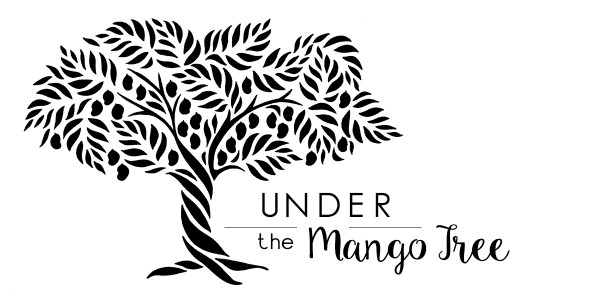


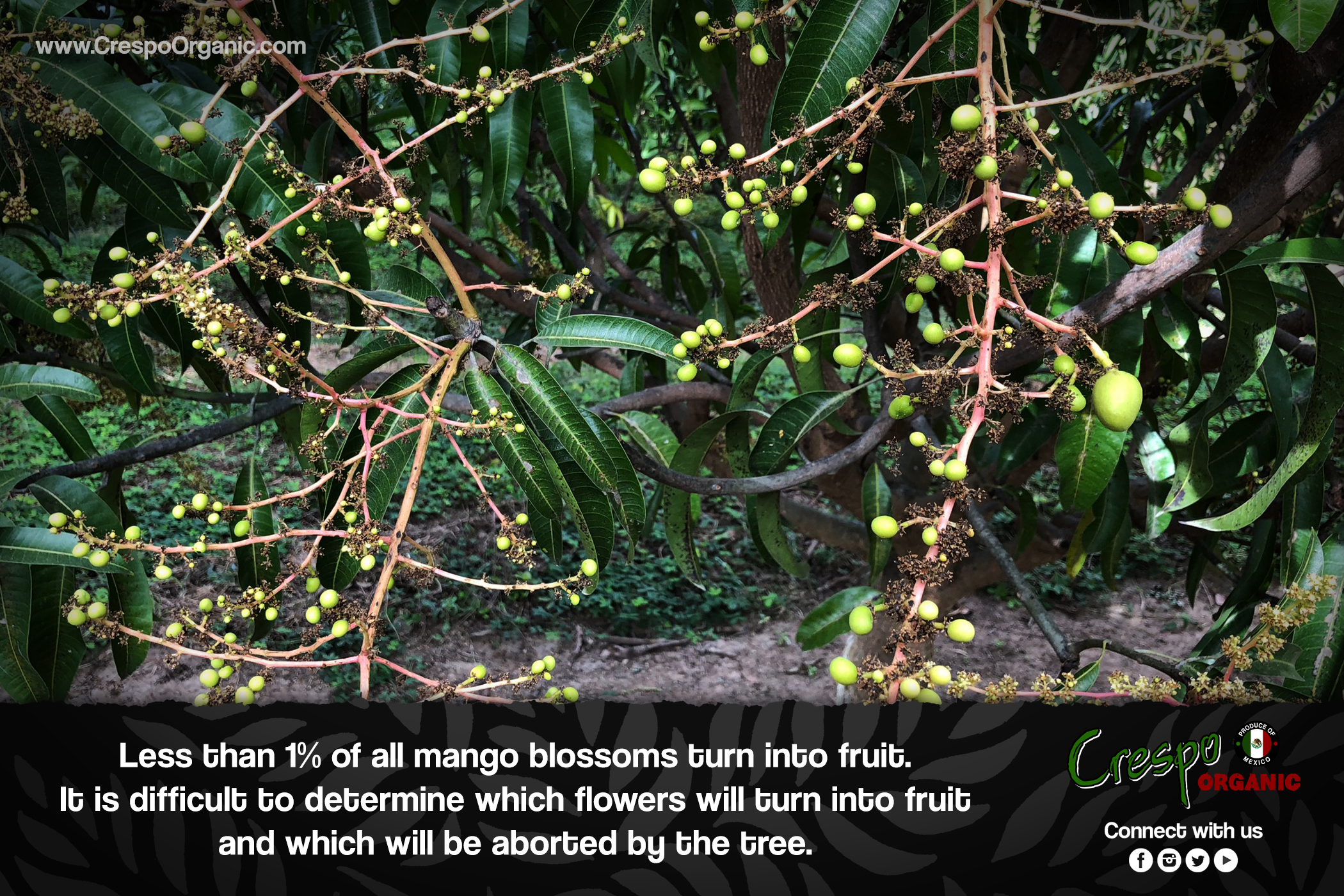
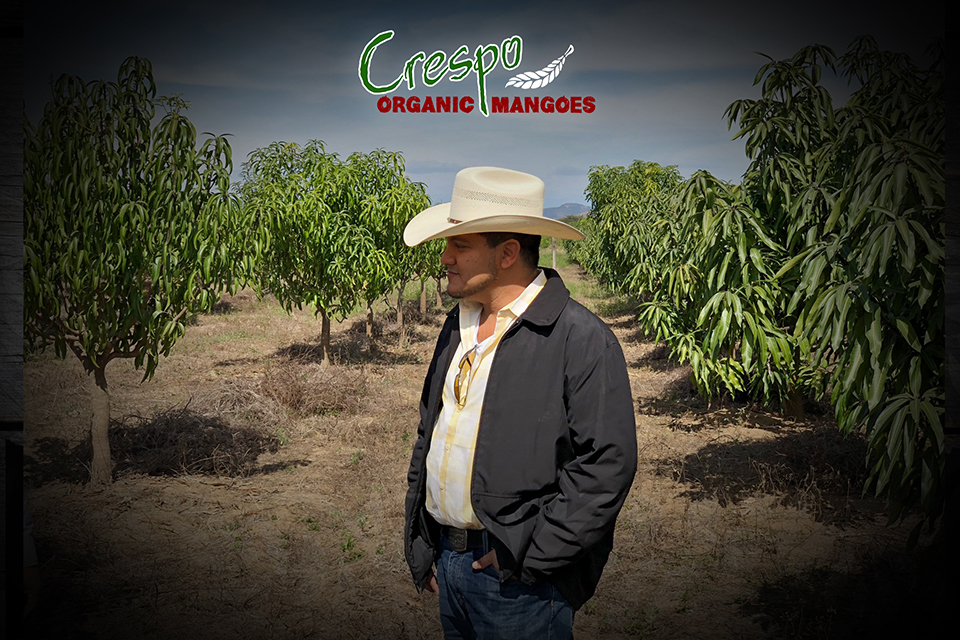
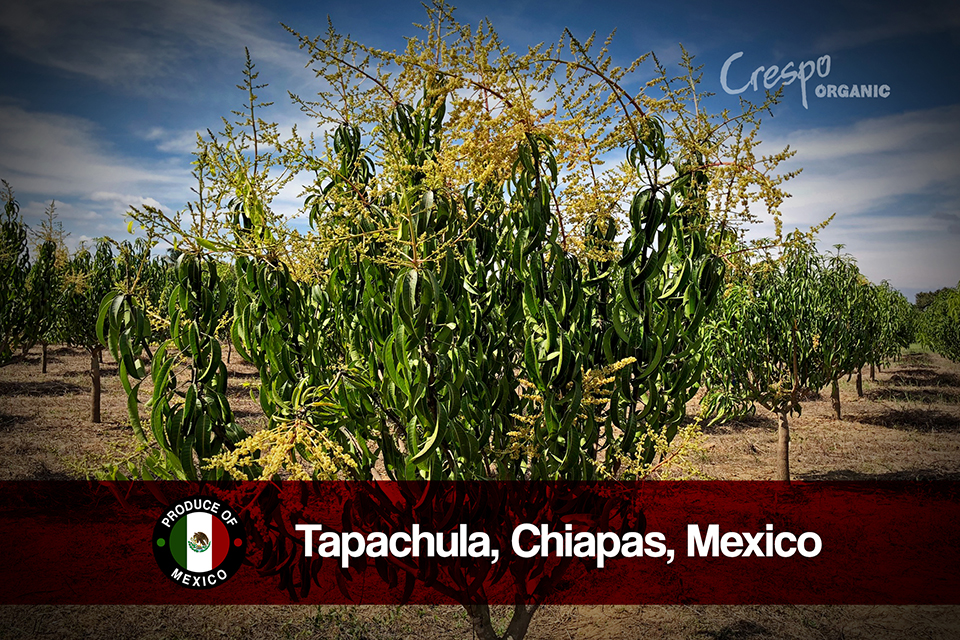
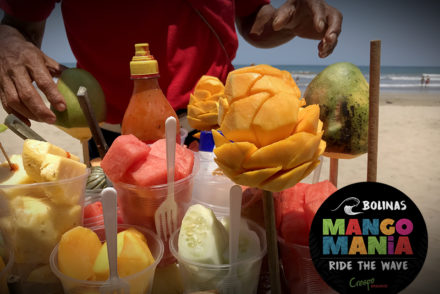





No Comments